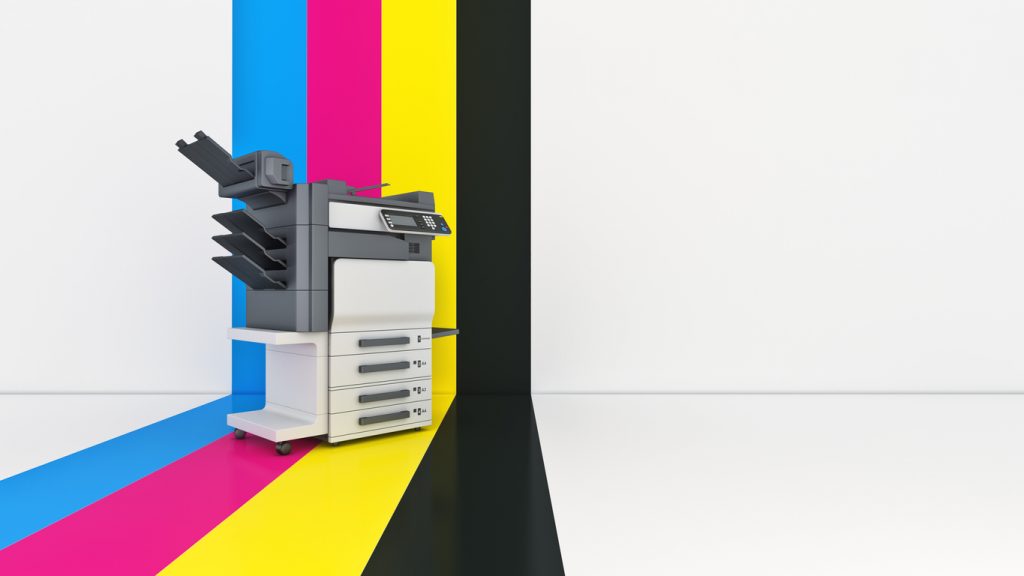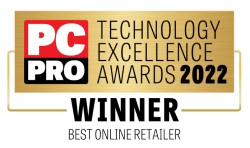The Essential Guide To Printer Manufacturers

Last Updated on April 14, 2021 by Christian Ralph
At Printerland, we stock various printer types and models which are created by many different printer manufacturers. It can be difficult to decide on what printer to choose, but it can be made easier by understanding which brand is best for you based on their specialities.
List Of Printer Manufacturers

Brother
Brother was first established in Europe in 1958, and after acquiring the Jones sewing machine factory in Manchester in 1958, the company began to grow very quickly in the UK. Brother went on to produce the worlds first high-speed dot matrix printer in 1971, an iconic product that led Brother into office technology, becoming the company they are today. In 1995 Brother’s commitment to innovation resulted in the world’s first multifunction machine being created. Today, Brother continue to create a variety of home and office products from laser printers to inkjet printers, label printers to scanners and of course, multifunction machines.

Canon
In 1933 Canon’s predecessor, Precision Optical Instruments Laboratory was founded in Tokyo and began research into quality cameras. Becoming Canon Camera Co. Inc. in 1947, the company continued their research and production of ground-breaking camera technology. By 1975, Canon were well established around the world and had succeeded in developing their first laser printer. Today, Canon are still focused on developing their camera and printer technology from single function machines to multifunction inkjet and laser printers. Their popular ranges of models include imageRUNNER, iSENSYS, and Pixma.

Epson
Epson’s predecessor, Daiwa Kogyo Ltd was established in 1942 and the company created the Seiko Marvel, a mechanical watch in 1956 which started off Epson’s watch business. In 1968, Epson launched the EP-101 which was the world’s first miniature digital printer. The Epson Corporation was established in 1975 and merged with Suwa Seikosha Co. Ltd in 1985 becoming Seiko Epson Corporation which they are known as today. Today, Epson are focused on creating home and office products such as printers, wide format printers, projectors and scanners and are constantly developing new ways to meet and exceed environmental standards.

HP
In 1934 two electrical engineer graduates, Bill Hewlett and Dave Packard became friends and began working together to create their brand in a garage in Palo Alto, California. In 1938 HP invented their first product named the HP Model 200A, a resistance-capacitance audio oscillator. HP entered the business computing industry in 1972, invented their first HP LaserJet in 1984 and by 1993 had already sold 10 million printers. Today, HP are still heavily involved in the business technology industry, constantly creating new products from laptops to computers and laser printers to wide format inkjet machines.

Kyocera
Kyocera was established in Japan in 1959 as Kyoto Ceramic Co. Ltd, specialising in fine ceramics. In 1982, four companies including Kyoto Ceramics merged together to form Kyocera Corporation. In 2000, Kyocera acquired photocopier manufacturer, Mita Industrial Company Limited, creating KYOCERA Document Solutions Inc in 2002. Today, Kyocera play a main part in the laser printer and multifunction laser printer industry, catering for users who are looking for fast, high-capacity machines.

Lexmark
Lexmark was founded in Kentucky in 1991 and launched its first new products, the IBM Personal Printer Series II, IBM 4226 Dot Matrix printers and the 4029 series of IBM Laser Printers. In 1993, Lexmark introduced their first monochrome inkjet printer and by 1994 had created the industry’s first laser printer capable of reaching true 1,200 x 1,200 dots per inch. In 2013 Lexmark decided to focus solely on developing their laser printers. Today, Lexmark are still putting a lot of work into the quality and performance of their laser printer range, from their mono laser printers to their A3 multifunction printers.

OKI
In 1984, OKI was established in Europe centering their business around Dot Matrix printers which is still a core part of their business today. In 1989 OKI introduced Europe’s first LED printers, the OL400 and the OL800. In 2009, OKI introduced their standard three-year warranty available on their machines which was a first for the printing industry. Today, OKI are still focusing on their Dot Matrix range along with their colour/mono LED laser printers and MFP’s. OKI machines are some of the best in the industry for their versatile media handling capability.

Ricoh
Ricoh was established in 1936 in Japan, in 1955 the company introduced their first diazo copier named Ricopy 101. The RICOPY FT4060 was invented in 1982 and was the first plain-paper copier to use dry-toner. In 2009 Ricoh released their first digital, full-colour MFP series which included the imagio MP C3500RC and imagio C2500RC. Today, Rioch are still producing colour and mono laser printers which are quick and high quality.

Samsung
Established in 1969, Samsung began by producing black and white TV’s, throughout the 70’s the company began production of washing machines, refrigerators and microwaves. Samsung’s first mono laser multifunction printer was produced in 1990 with their first colour laser printer following shortly after in 2003. Current Samsung printers pride themselves in having a stylish, compact design and easy to use features. In 2013 Samsung released the worlds first NFC-enabled colour laser printer.

Xerox
Xerox started as the Haloid Company in 1906, originally manufacturing and selling photographic paper. Chester Carlson, born in 1906 discovered xerographic printing in 1938 which helped fuel Xerox’s growth and devel opment. Xerox then created the world’s first xerographic copier in 1949 named the Model A Copier. The Xerox 9700 invented in 1977 became the industry’s first xerographic laser printer. Today, Xerox are still one of the biggest competitors in the market producing A4 and A3 laser printers with high specifications.

